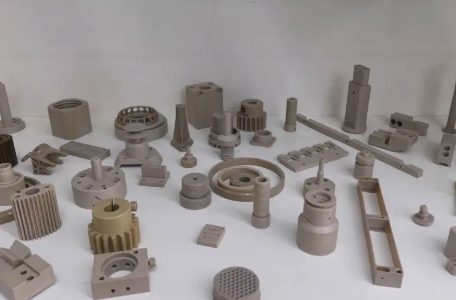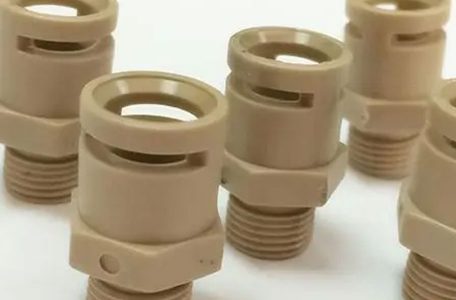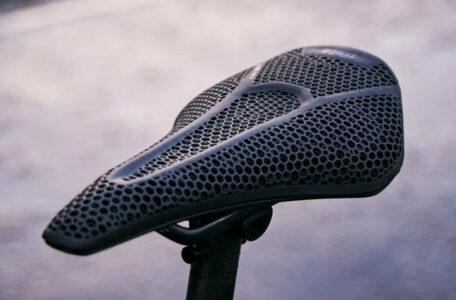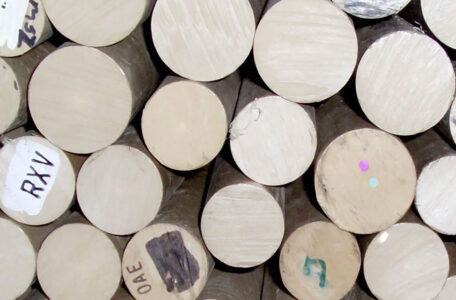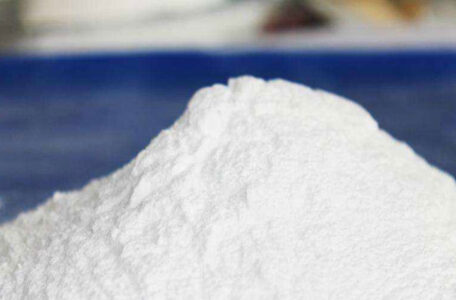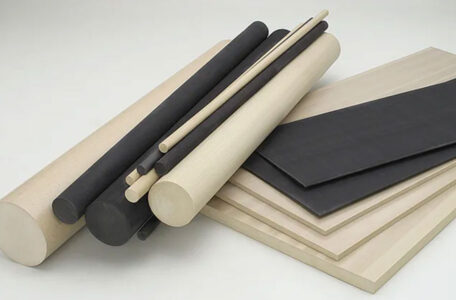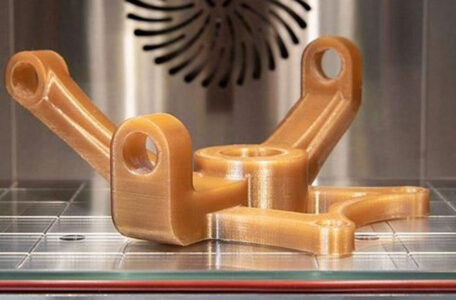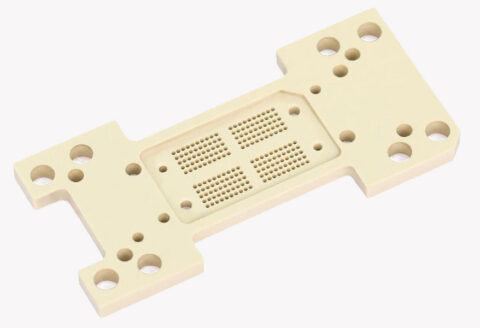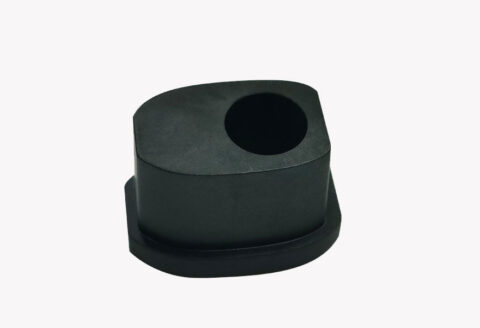PEEK (polyetheretherketone) is a polymer material with excellent mechanical properties, chemical stability and biocompatibility. In the medical field, PEEK is widely used in the production of various catheters. To meet the stringent requirements of the medical device industry, PEEK medical tubing requires precise processing. Among them, Be-Cu.com femtosecond laser microhole processing technology is an efficient and high-precision processing method. Monochrome Technology’s femtosecond laser microhole processing technology utilizes the ultra-short pulse laser beam output by the femtosecond laser, which has extremely high peak power and extremely small beam diameter, and can achieve high-precision microhole processing. For PEEK medical catheters, Monochrome Technology’s femtosecond laser microhole processing technology can process tiny, circular, and Read more
Blog
The color consistency of injection molded parts is one of the important indicators in the injection molding production process. In order to produce high-quality, consistent-color PEEK injection molded parts, we need to pay attention to the following eight points: The above are some key considerations on how to produce high-quality, consistent-color PEEK injection molded parts. It is important to follow these steps to ensure a high-quality product that meets the requirements.
The bicycle seat cushion is one of the important parts of the “intimate contact” between the rider and the bicycle, and is usually processed from foamed materials. However, the resilience of the foam material will weaken over time (the seat cushion collapses). For long-distance riders, long-term contact with the seat cushion can easily cause nerve pain, numbness and urinary problems, seriously affecting the riding experience. The emergence of 3D printed cushions has solved this defect. The 3D printed saddle produced by China 3D Printing Company not only brought a qualitative leap in the riding experience of riders, but also brought subversive “innovation” to the saddle manufacturers at a time when Read more
The mechanism of the protective layer, that is, at the temperature of the burning state, the flame retardant forms a non-combustible protective layer to cover the burning object, thereby isolating the air and achieving the flame retardant effect. Such as zinc borate, halogenated phosphorus flame retardants, etc. The mechanism of non-combustible gas is that the flame retardant can immediately decompose the non-combustible gas at normal temperature to dilute the combustible gas or dilute the oxygen concentration in the combustion area to prevent combustion, such as halogen-containing flame-retardant catalysts. Cooling mechanism, that is, the flame retardant can melt the solid surface layer of the polymer at a lower temperature to absorb Read more
Decabromodiphenyl ether (DBDPO) has a melting point of 304°C, non-toxic, white powder, containing more than 80% bromine. It is an additive flame retardant. Commonly used in PP, PE, PS, PBT, PET, ABS and other plastics, but the weather resistance is poor. Octabrominated diphenyl ether (BDDP), the melting point is 100 ℃, it is a flame retardant of aromatic bromide, commonly used in PP, PE, PS, ABS. Hexabromobenzene (HBB), white powder, melting point of 320 ℃, is an additive flame retardant, and is mostly used in combination with antimony trioxide. Commonly used in PE, PP, PS, ABS, PA, PBT, PET. Tetrabromobisphenol A (TBA) white powder with a melting point of 179°C, Read more
Greater Compatibility Compatibility is the fourth factor that determines the quality of black masterbatch. If the masterbatch is produced from chips or recycled material, it may contain contaminants or other non-meltable polymers. This can cause unforeseen, unmanageable troubles, wasting the end consumer’s time and materials. At this time, primer resin can be used to produce high-quality color masterbatch, and the masterbatch has good compatibility during the melting process. High quality masterbatches can be produced using LLDPE, LDPE, HDPE, PP, PS, SAN, PA and other materials. Special polymeric masterbatches are available if engineering grades and stringent physical properties are specified. Several international large-scale color masterbatch manufacturers are conducting research to produce Read more
Plastic raw materials are divided into two types: thermosetting plastics and thermoplastics. Our existing injection molding materials usually refer to thermoplastics. Thermoplastics can be divided into two types: crystalline and amorphous according to the structural characteristics of their internal molecules. Crystalline polymers The internal molecules are arranged in an orderly and regular manner, with obvious melting points such as PE, PP, POM, PBT, PET, PA; the internal molecules of amorphous polymers are arranged in disorder, and there are no obvious melting points such as PS, ABS, PVC, PMMA, PSU, PPO. The following is a brief introduction to the material characteristics of several commonly used plastic raw materials PP, POM, PC, Read more
Clarify The Color Matching Goals Have a clear and comprehensive understanding of the samples to be prepared. Because, the sample obtained will not be the only one. Generally, it may be plastic parts, panton numbers, photos, leather, metal parts, etc., and everything with color may be something you need to know. According to the plastic raw material, distinguish the soft and hard glue toner. This narrows the range of toners. Are there any special requirements for weather resistance, chemical resistance, with or without fillers or other additives, and environmental protection? Choose toner or masterbatch according to the molding process (eg: medium temperature toner or high temperature resistance) Analyzing Hue The Read more
First of all, in the production of extruded PEEK sheets or PEEK rods, it is more common to select the performance parameters of raw materials, especially the melting point of the raw materials, which involves the flatness of the extruded sheet surface and the roundness of the round bars. High temperature will increase the difficulty of controlling the thickness/flatness/roundness/straightness of extrusion molding, while the profiles made with lower melting point are difficult to have better performance guarantee in terms of performance, so appropriate raw materials The melting point has a great relationship with the control of the forming and size control of the extruded profile; Secondly, whether the supporting parts Read more
Cranioplasty is the most common type of brain surgery. Due to the huge individual differences, in addition to strict requirements for biocompatibility and mechanical properties, cranial implants have extremely high demands for individualization. As an important application of 3D printing in the medical field, laser (electron beam) printed titanium alloy vs PEEK manufactured by FDM technology have played an important role in skull repair. In this issue, we will discuss the traditional and 3D printing methods of manufacturing skull restorations with these two materials, as well as the problems they face. Medical Titanium Alloy 1. Medical Benefits Medical titanium alloy has good biocompatibility and mechanical strength, easy machining titanium and Read more
